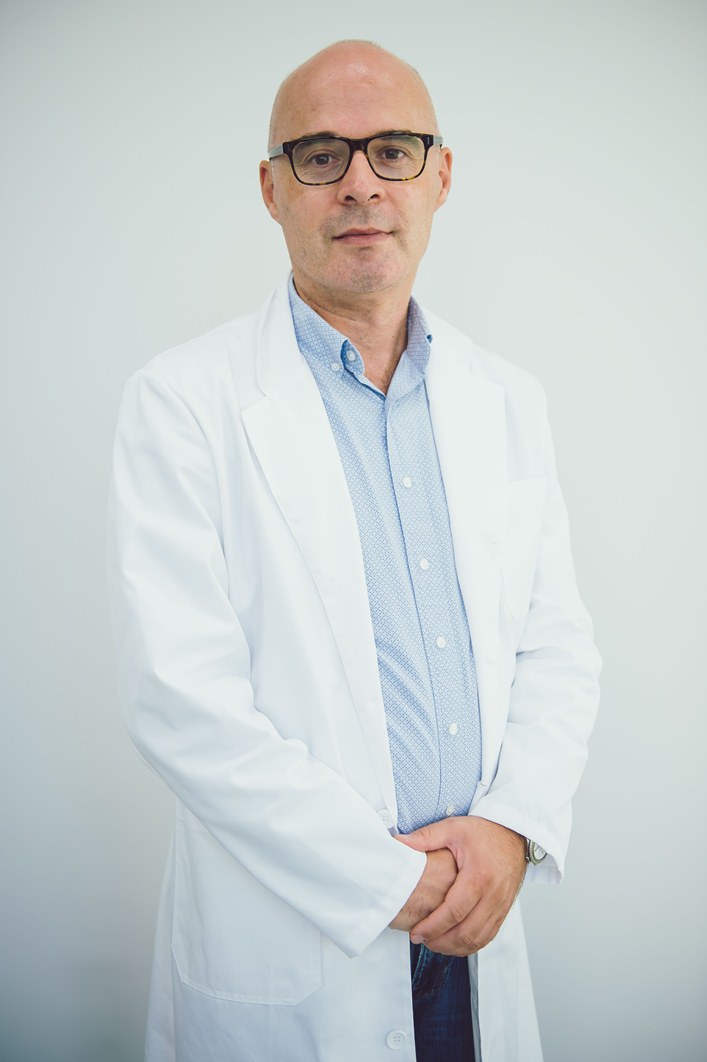
Syncope
The definition of a syncope is a sudden and transient loss of consciousness accompanied by a fall, caused by reduced blood flow to the brain.
It is more common in adolescents (60% of girls have lost consciousness at least once in their lifetime).
Patients typically feel "as if they will lose consciousness", associated with nausea, paleness, sweating, blurred vision or a temporary loss of it, and dizziness, after which they faint. Very soon after getting into a horizontal position, they become conscious and behave normally.
The circumstances under which loss of consciousness most often occurs are:
- suddenly standing up from a sitting/lying position
- long standing or sitting
- physical exhaustion, overheating, dehydration,
- and can be potentiated by fear, or pain.
Syncopes are most often explained by a somewhat "lively" reflex that is characteristic of the period of rapid growth and development of the child in adolescence.
The amount of blood that the heart pumps is, in these circumstances, up to 25% less than usual, so the bodies (baroreceptors) in the aorta react, which, by activating the so-called sympathetic nervous system, cause excessive pumping of blood from the heart, accompanied by constriction of blood vessels.
As a counter-reflex, the parasympathetic nervous system is awakened, leading to an excessive drop in blood pressure and slowed heart rate, reduced blood flow to the brain, which leads to fainting.
This excessive reflex will most likely stabilize when growth and development are completed, between the age of 18 and 21. Until then, a certain lifestyle should be adopted and implemented that will reduce the risk of fainting.
When a loss of consciousness occurs in a patient, the main goal of the doctor is to assess whether the loss of consciousness happened due to:
- Epilepsy
- Cardiovascular disease
Fortunately, the vast majority of cases are a harmless condition called vasovagal syncope or nerve-mediated syncope. The biggest danger of this unpleasant condition is, in addition to upsetting the parent, a fall and the possibility of a head injury.
There is a large number of diagnostic procedures available to the doctor, often used irrationally, and more than half of the diagnosis lies in an "accurate description of the events and circumstances under which the loss of consciousness occurred" (so-called anamnesis).
For example, if the unconsciousness occurred suddenly, ie. without a warning (not preceded by a feeling that one will lose consciousness, without blurred vision, nausea...) or during/shortly after physical exertion and not going away on its own, the most probable reason is heart disease.
In epilepsy, the loss of consciousness occurs with a hint - prodrome, accompanied by cramps of the whole body and extremities, lasting a long time. The child is lethargic and confused after an epileptic seizure. It is almost always an epileptic seizure if the crisis of consciousness occurs in a lying position.
Adolescent syncopes can occur as part of a conversational reaction, typically in the presence of an audience, when they fall without injury, with normal skin appearance and heart rate and unusually long duration.
In case of suspected heart disease, in addition to physical examination, ECG, ultrasound of the heart, holter-ECG and exercise test are also used, and in case of unexplained syncopes, electrophysiological studies (EPS).
In order to reduce the risk of fainting, until the "critical" period of adolescence is over, the child should eat regularly (especially have a "stronger" breakfast), drink enough fluids - preferably fresh water (2-3 l/day), avoid abruptly standing up from a sitting/lying position, standing too long in stuffy and overheated rooms, unpleasant scenes, be physically active, and in case of loss of consciousness lie down with legs raised under a slope. This maneuver will lead to quick return to consciousness.
